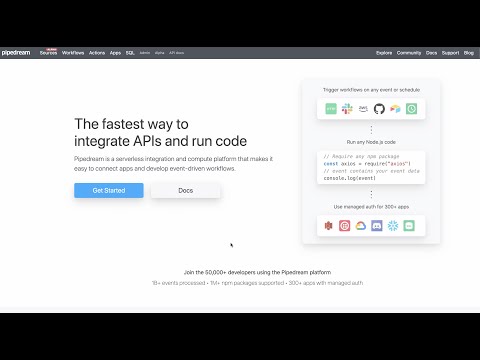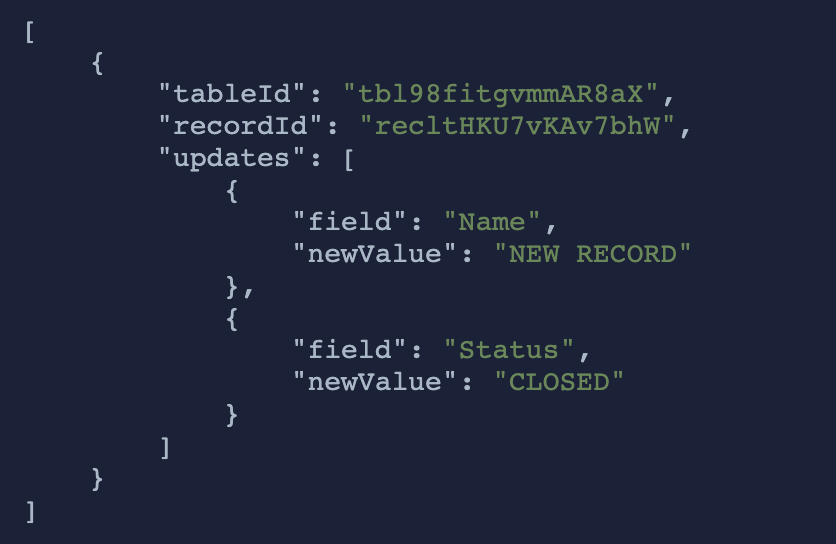What do you want to automate
with Supabase and Slack?
Prompt, edit and deploy AI agents that connect to Supabase, Slack and 2,800+ other apps in seconds.
Trusted by 1,000,000+ developers from startups to Fortune 500 companies
Popular Ways to Connect Supabase with Slack#
Popular Supabase and Slack Triggers#
Emit new event when a new message is posted to one or more channels
Emit new event for every new row added in a table. See documentation here
Emit new event for every insert, update, or delete operation in a table. This source requires user configuration using the Supabase website. More information in the README. Also see documentation here
Emit new event when a message was posted in a direct message channel
Popular Supabase and Slack Actions#
Send a message to a public or private channel. See the documentation
Send a message to a user, group, private channel or public channel. See the documentation
Overview of Supabase#
Supabase is a real-time backend-as-a-service that provides developers with a suite of tools to quickly build and scale their applications. It offers database storage, authentication, instant APIs, and real-time subscriptions. With the Supabase API, you can perform CRUD operations on your database, manage users, and listen to database changes in real time. When integrated with Pipedream, you can automate workflows that react to these database events, synchronize data across multiple services, or streamline user management processes.
Connect Supabase#
import { axios } from "@pipedream/platform"
export default defineComponent({
props: {
supabase: {
type: "app",
app: "supabase",
}
},
async run({steps, $}) {
return await axios($, {
url: `https://${this.supabase.$auth.subdomain}.supabase.co/rest/v1/`,
headers: {
Authorization: `Bearer ${this.supabase.$auth.service_key}`,
"apikey": `${this.supabase.$auth.service_key}`,
},
})
},
})
Overview of Slack#
The Pipedream app for Slack enables you to build event-driven workflows that interact with the Slack API. Once you authorize the app's access to your workspace, you can use Pipedream workflows to perform common Slack actions or write your own code against the Slack API.
The Pipedream app for Slack is not a typical app. You don't interact with it directly as a bot, and it doesn't add custom functionality to your workspace out of the box. It makes it easier to automate anything you'd typically use the Slack API for, using Pipedream workflows.
- Automate posting updates to your team channels
- Create a bot to answer common questions
- Integrate with your existing tools and services
- And much more!
Connect Slack#
import { axios } from "@pipedream/platform"
export default defineComponent({
props: {
slack: {
type: "app",
app: "slack",
}
},
async run({steps, $}) {
return await axios($, {
url: `https://slack.com/api/users.profile.get`,
headers: {
Authorization: `Bearer ${this.slack.$auth.oauth_access_token}`,
},
})
},
})
Related Videos#


Community Posts#
